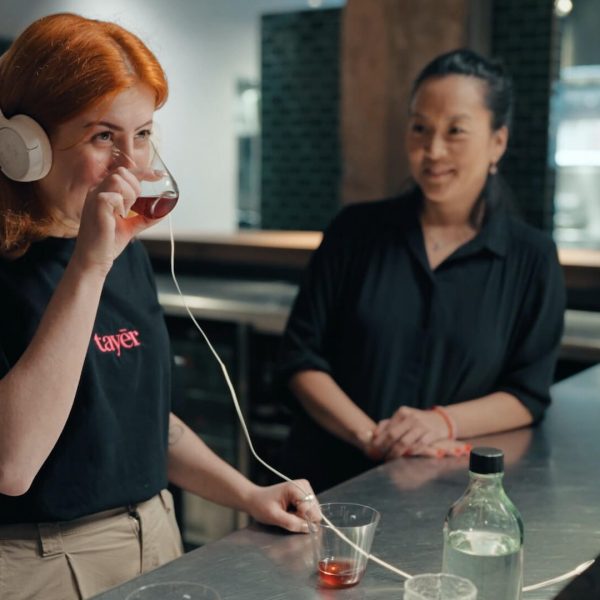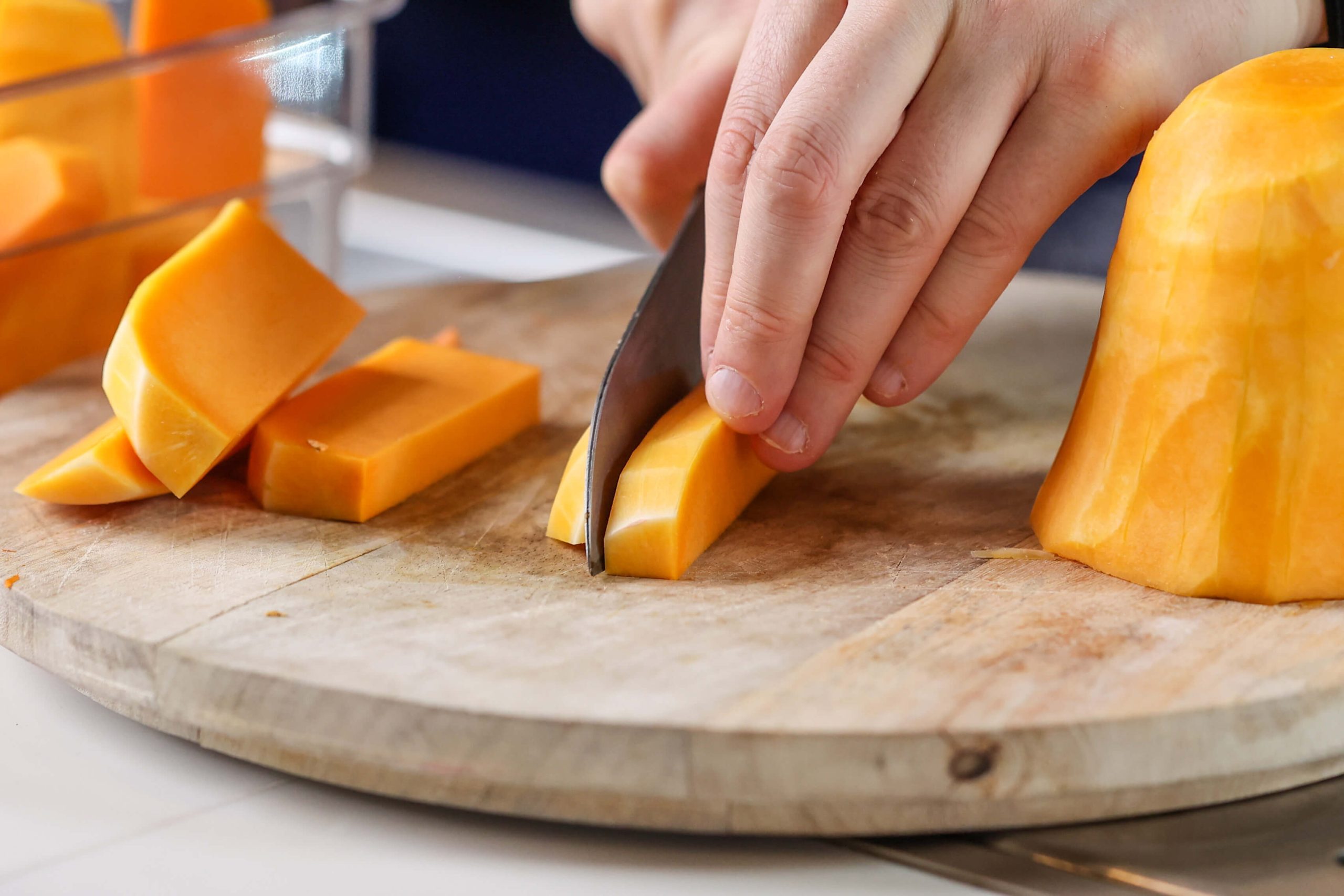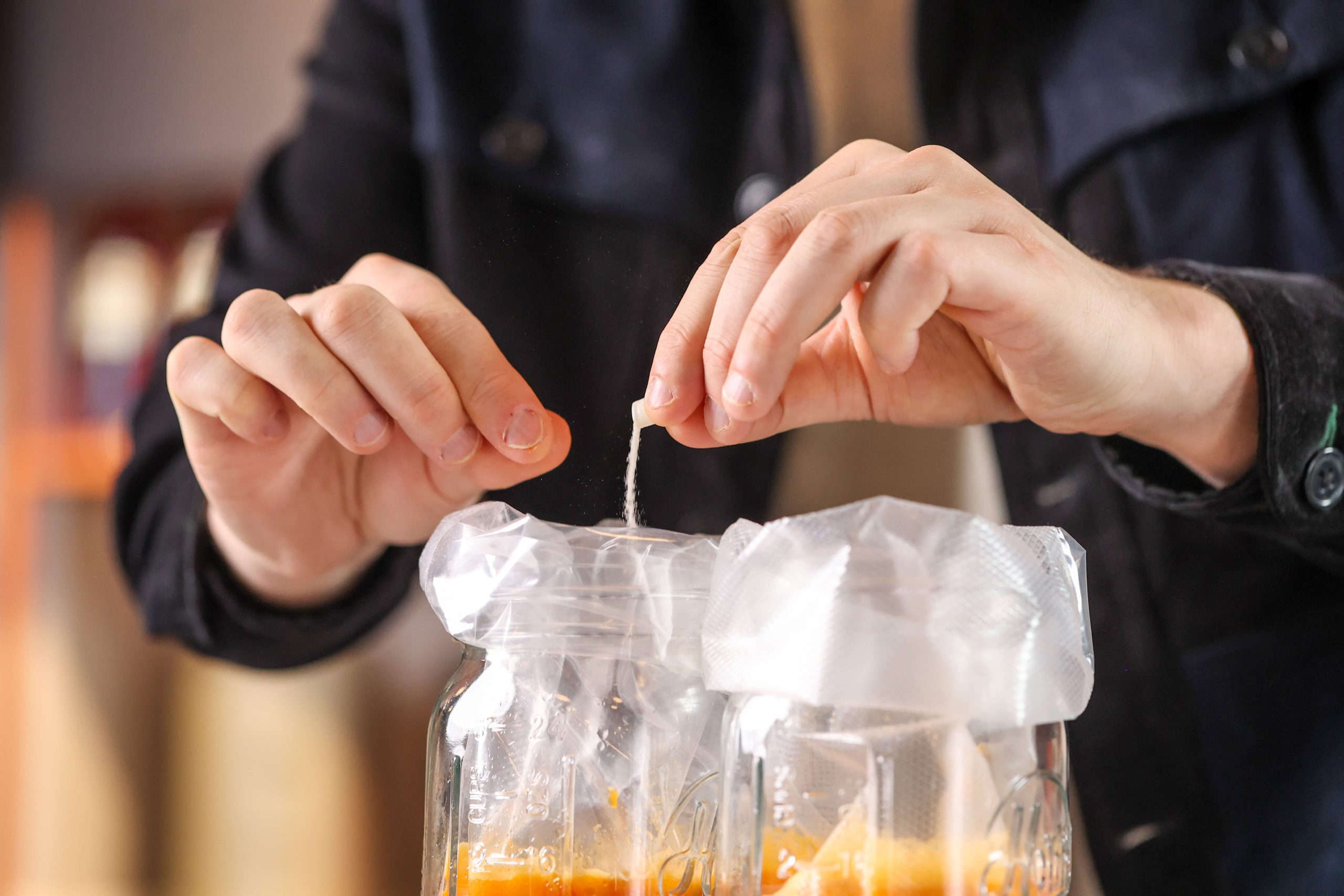
Lacto-Fermentation: Butternut Squash with Dr Johnny Drain
As the weather begins to cool, we are given a bounty of hearty vegetables to convert into moreish and warming roasts, soups, stews and cocktail ingredients.
Yes, you read that correctly, Dr. Johnny Drain took a vegetable seen more commonly on a Sunday Roast and unlocked a world of new flavours through Lacto-fermentation.
Being our friendly fermentation expert, we asked Johnny to give us the lowdown on Lacto-fermentation:
Lacto-fermentation makes use of lactic acid bacteria (LAB) to convert sugars into lactic acid in an anaerobic environment (vacuum bag). It’s the same process behind kimchi, sauerkraut, and yogurt. As well as producing lactic acid they can produce a wide range of other flavour compounds, from the buttery to the funky.
When Lacto-Fermenting the Butternut Squash, we expect to unlock earthy, tangy, and slightly sweet notes, amplifying notes of tropical fruits, especially mango. Let it go too far and you can yield notes of Parmesan (which does not hit the spot as we found out the hard way!).

Ingredients
- 1000 ml Juiced Butternut Pumpkin
- 2 tablets LAB Plantarum
- 1 x 5cm segment of Pumpkin Skin
Peel & cut the butternut squash.



Juice the butternut squash in a juicing machine.

Pour the juice into a vacuum seal bag.

For every 500-1000 ml of juice, add 1 capsule of Lactobacillus plantarum OR a segment of butternut squash peel for a wild fermentation. Sprinkle the powdered culture from the capsule into the juice and discard the capsule.



Vacuum seal the bag. You want to remove all of the air.


Ferment it at room temperature (18-22ºC) for 5-7 days. Check periodically for gas buildup and release if necessary by opening the bag and resealing.
Taste and Store: Once tangy, strain the juice to remove any solids and move to the fridge. Use within 2-3 weeks.




















































